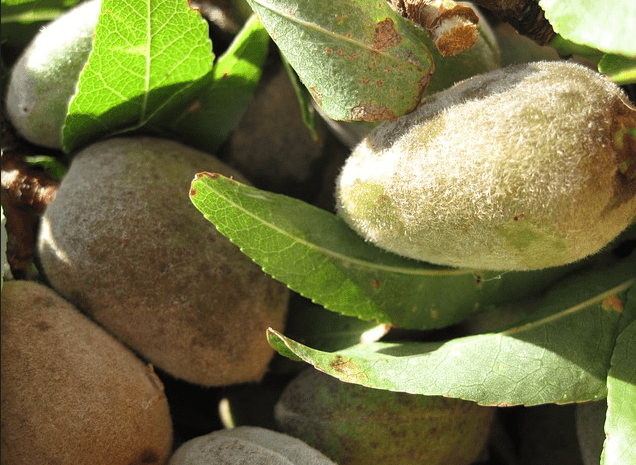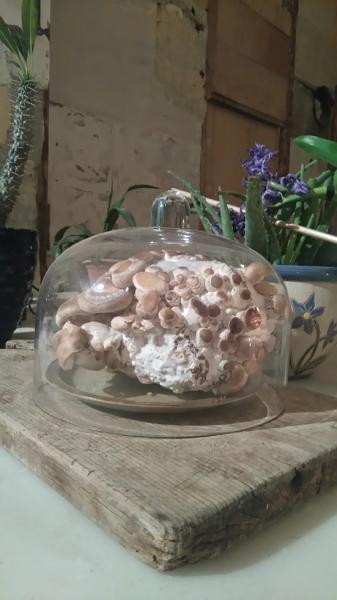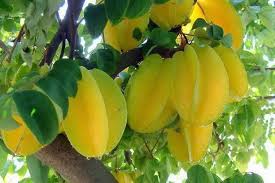Though I've previously reviewed the prehistory of almonds, it remains the most illuminating example of how humanity's early botanical journey unfolded. Let me shed light on it briefly once more; it's truly eye-opening.
Bitter almonds, unfit for consumption, are, in fact, poisonous. You might have heard that cyanide smells like almonds, it is indeed true and not an urban legend.
Anyone who eats a bitter almond likely won't die (because after the initial bitter taste of the first almond, they'll probably not eat another), but there's a good chance they'll end up with a stomachache. Our ancient ancestors, who were skilled gatherers and likely some of the hominids who came before them, knew to steer clear of this plant.
On the flip side, bitter almonds have a rare mutation that causes one in several hundred trees to produce almonds without cyanide, resulting in a non-bitter taste. Given that almond trees can live for decades, people in the vicinity occasionally recognised these trees and enjoyed the sweet almonds they bore.

The seeds of these trees (actually the almonds themselves) that were planted in the ground yielded sweet almonds too. Thus, through human intervention, the sweet almond gradually became widespread. This kind of intervention is the path to botanical cultivation, as evidenced by the almond's unique case.
Therefore, over 5000 years ago, somewhere between Armenia and the Iranian plateau, almond cultivation began. It was already prevalent, even in the Levant, our neighborhood, by 4500 BCE.
In a certain sense, the almonds we're presenting to you today (which you can order from the store this week) closely resemble the ancient almonds. It's reasonable to assume that the first almonds consumed by humans were green almonds with fuzz, at the beginning of their ripening, which happens right now in April. It's a short window before the almonds are covered in a shell that continues to harden until they're fully ripe. During this window, they're suitable for consumption and incredibly tasty.
But this is vastly different from the classic almond flavor you might imagine – green almonds have a tart and sharp taste. They're incredibly refreshing and can be eaten as is, they can be ground into spreads (and even made into a type of zhug) or added to salads and shakes.

From a culinary perspective, it's an intriguing ingredient that always sparks new ideas. It's a shame they're so rare; most almonds are harvested when fully ripe – in accordance with the market and industry demand.
Very few farmers cultivate varieties suitable for consumption while still green, and even fewer bother with the effort. When it comes to organic growers of green almonds in Israel, you can count them on one hand. One of those dedicated organic farmers that enable fresh green almonds to be found in Israel (barely) is Yitzhak from Meshek Hod. You can find his wonderful green almonds in the store this week.
I'm planning to integrate green almonds into a dish for the Passover meal. Don't hesitate; you're not guaranteed to find them again before the next Passover.








